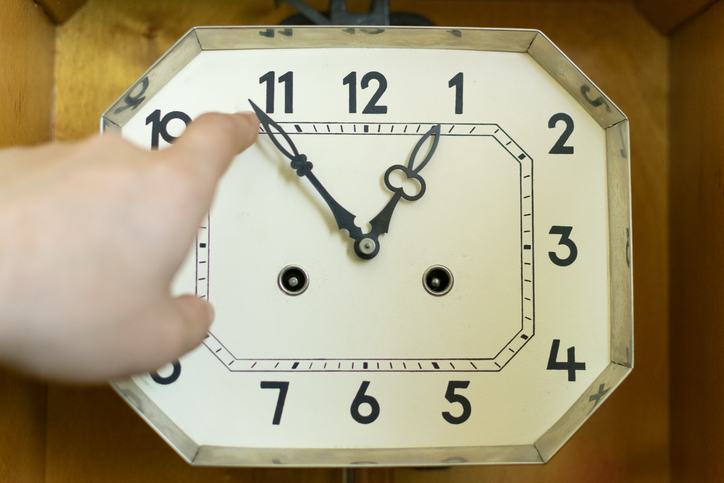Memoir is the art of remembering and retelling, to shape memory into universal truths. This requires a lot of rearranging and organizing the information of your life so that it is meaningful to your readers. It’s impossible to tell the story of your whole life so flashbacks can serve to fill in gaps and provide greater depth of scenes and turning points. The flashback can also serve as subtext to layer in meaning and purpose without being explicit. Using the storytelling device of the flashback can be especially tricky in memoir and can be disorienting if they aren’t done with skill.
Here are some tips I learned while working on my own memoir and using flashbacks.
Watch your tenses:
One of the main challenges in writing flashbacks is managing tenses. If your memoir is written in the present tense, then a flashback is written in the past tense. But most memoirs are written in the past tense so the flashback must be written in past perfect tense. This subtle change in tenses helps the reader navigate the simple past from the past perfect. For example:
Past tense:
I hurried out the door.
Past perfect tense:
I had hurried out the door. (implying that something else happens afterward.)
Changing POV:
The point of view can shift with a flashback as the scene is now being told from the point of view of the younger version of yourself. Allowing this shift in tone can help the reader connect to the large narrative as they see you changing over time.
Managing the Timeline:
Always keep your reader grounded in time. You can open flashbacks with chronological markers such as “It was the year before our divorce” or “Five years back. . .” then bring the reader back to the present by grounding them in something present. “Since that day I have not ridden a motorcycle again.” If you manage the timeline well, your reader will be able to follow you forward and backward in time without skipping a beat.
Show don’t Tell
Flashbacks are typically scenes and aren’t rumination and reflection. In other words, they show what happened before instead of telling what happened. Make sure when you think of adding a flashback it is crafted as a scene. Scenes are more immersive than simple narrative. Only the most skillful writers can narrate a powerful flashback without the use of scene work.
Unnecessary Flashbacks
Flashbacks are fun and exciting to create and they can give your memoir a feeling of mystery but sometimes they just aren’t necessary. Always opt for the version that best serves the story. Try writing the scene or paragraph without the flashback or include it in chronological order and see if it is better served without the flashback. Only use flashbacks when it is vital to the story.
Flashbacks are great for adding depth and insight into your memoir. Use them strategically and skillfully and your memoir will be better for it.

The Flashback in Memoir
